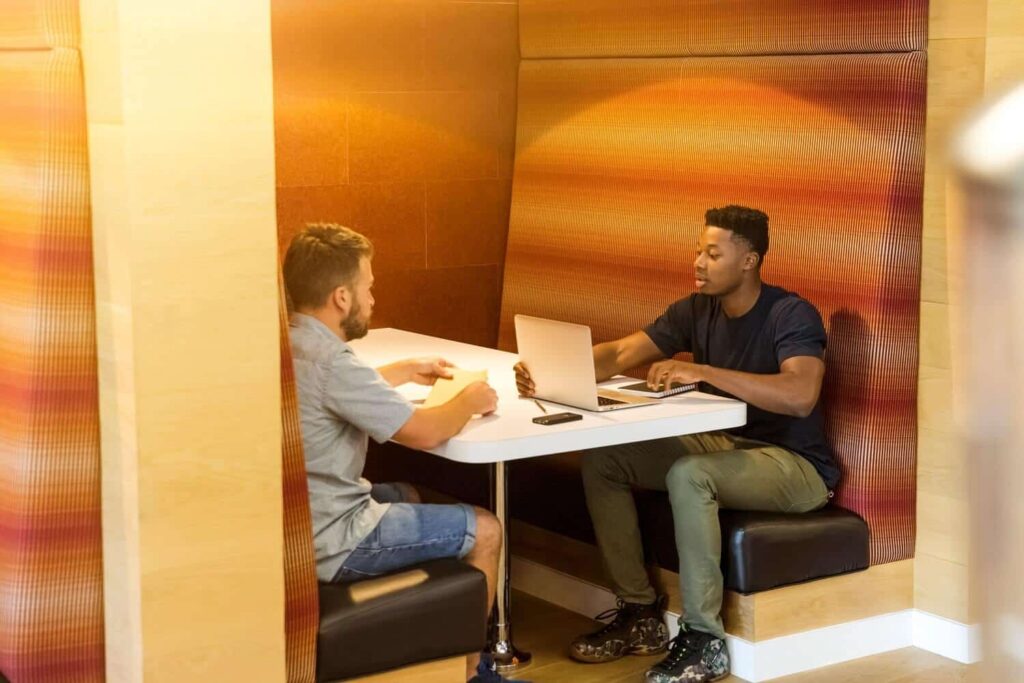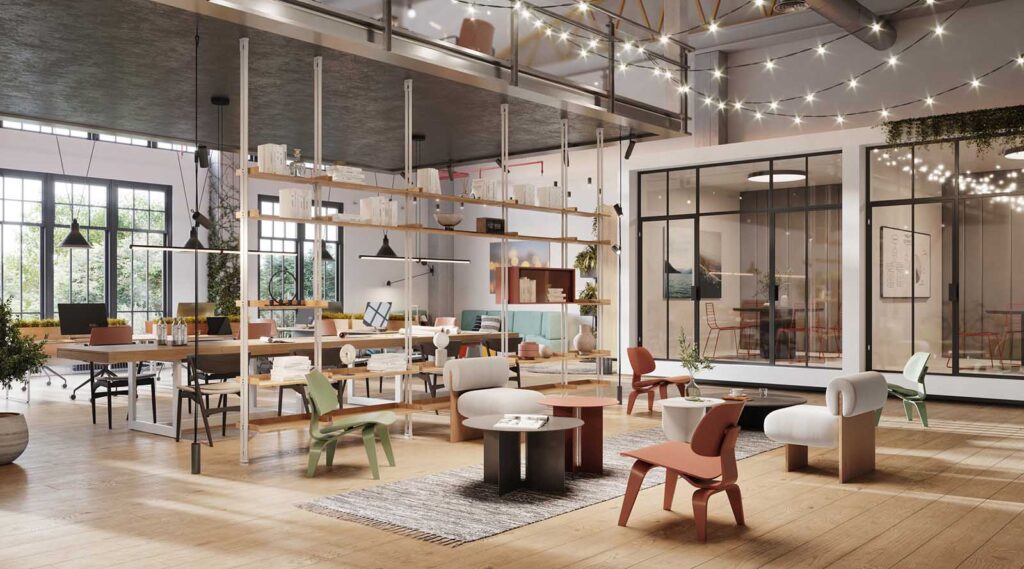Cohort Concerns: What is a Perennial Worker and How Can You Include Them?


Millennials are an often-discussed generation when it comes to hiring talent and thinking about the labor force, but the fastest growing cohort in the workforce right now is at the other end of the age spectrum: perennials. Perennials—loosely defined as employees aged 55 and above—benefit the success of many companies, but are often overlooked when it comes to planning and design.
Facility managers that can take care of their perennial employees stand to gain a marked return on investment. Older employees often have deep-seated industry knowledge that can’t be replaced by a quick Google search, and have spent decades cultivating their professionalism and networks. And as perennials remain working longer, companies should be looking to tap into the very real benefits of a mature workforce.
The main challenge for the FM looking to accommodate perennials lies in cultivating work engagement. Like any employee, perennials have to adapt to new technologies and balance their own personal workstyles, often while facing specific health challenges and quickly shifting cultures. Existing hiring biases can shuffle perennials to the side, which hurts both employees and your business alike.
So how can facility managers help perennials stay engaged?
1. Offer Flexible and Remote Work
Flexible work arrangements, adaptable schedules and remote working options aren’t just popular among millennials—they’re also in high demand among perennials. Creating this extra layer of convenience can allow perennials to adjust their lifestyles to fit their work environment, and vice versa. Flexibility also makes it easier for employees to remain engaged in more indirect ways, whether by improving their personal health or freeing team members to work in environments they know are productive for them. Use an integrated workplace management system (IWMS) to test out hoteling and hot desking in-office, and coordinate desk booking to allow your employees to make spur-of-the-moment decisions about where and how they work.
The great part about flexibility is that it doesn’t just appeal to perennials—employees of all ages and demographics will be able to appreciate the benefits of an adaptable, remote work culture.
2. Create Space for Mentoring

Perennial employees have a depth of knowledge and work experience to bring to the table, but much of that wealth can go undiscovered if there isn’t infrastructure in place to bring it to light. Facility managers should implement spaces and processes that allow perennials to share their expertise with other team members and work in a highly collaborative way.
This could mean hosting workshops on niche topics and inviting perennials to present or creating a database of information and contacts that would be useful to the team. Establish a flex space that allows for small group presentations, or book off-site events to encourage spontaneous mentoring. Allowing for the sharing of knowledge also creates a great opportunity for team members of different backgrounds to bond and learn from each other.
3. Build in Health Accommodations
It’s always in the best interest of facility managers to encourage healthy habits in their teams, whether via biophilic design or spaces that are conducive to all personality types. Perennials stand to experience more age-related health issues than their younger coworkers, especially those that are in physical jobs that require repetitive movement or equipment maintenance.
There are many ways FMs can anticipate and accommodate health issues, but one of the most universally beneficial is to implement proper ergonomics in the office. Managers can ensure that desks, chairs, keyboards and other work tools are designed to adjust can encourage employees to avoid unhealthy posture that can lead to chronic problems over time.
Implementing inclusive design throughout the office is also helpful for employees who may have limited visibility or physical disabilities.
Even seemingly minor changes like increasing the font size on signage throughout the office can help employees navigate a space more effectively and with less frustration. Inclusive design—much like a flexible work environment—comes with the added benefit of making the entire office more intuitive for all employees, not just those facing health issues.
4. Organize Training Opportunities

Training is a crucial component when it comes to ensuring perennials are as productive as possible in their roles. Managers need to anticipate exactly what skills should be developed in their mature employees and provide training methods that match the learning styles and needs of these team members. There isn’t a blanket method of training that will work here; the key is to take the time get to know the interests of employees and respond accordingly to address any gaps or opportunities for career development.
For FMs, this training may involve onboarding employees to office tools and equipment, and clarification on room booking and office procedures. Coordinate with HR on communicating workplace culture, and have resources and seating plans available in your IWMS for employees to refer to.
Perennial employees serve as an excellent complement to younger talent in making a team more knowledgeable and versatile. FMs who leverage the right tools, processes and work culture can create a win-win environment where both the company and all its employees thrive.
Put the right tools in place for your entire workforce. Request a demo of OfficeSpace, and let us show you how to take your office planning to the next level.
Photo Credits: Shutterstock / Pressmaster, Shutterstock / Rawpixel, Shutterstock / Monkey Business Images



